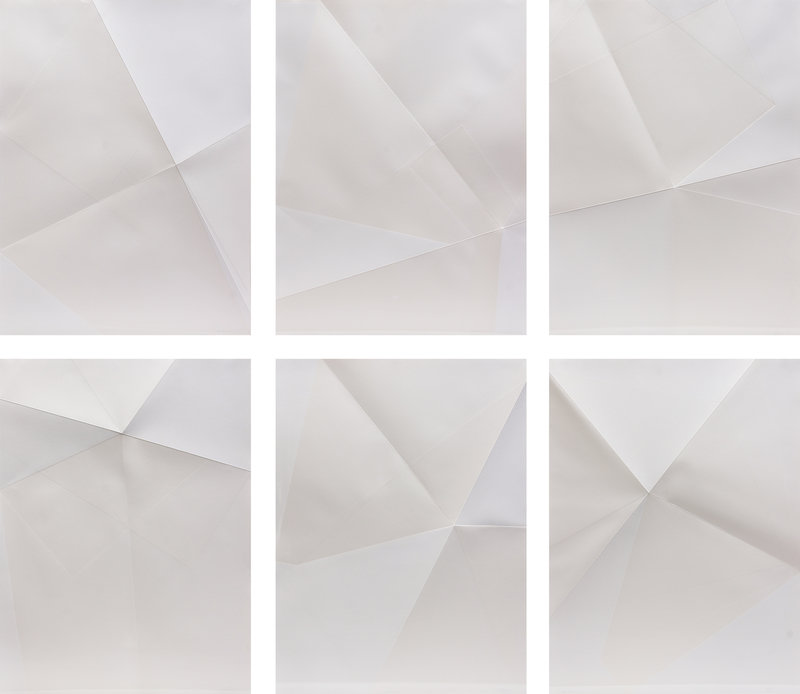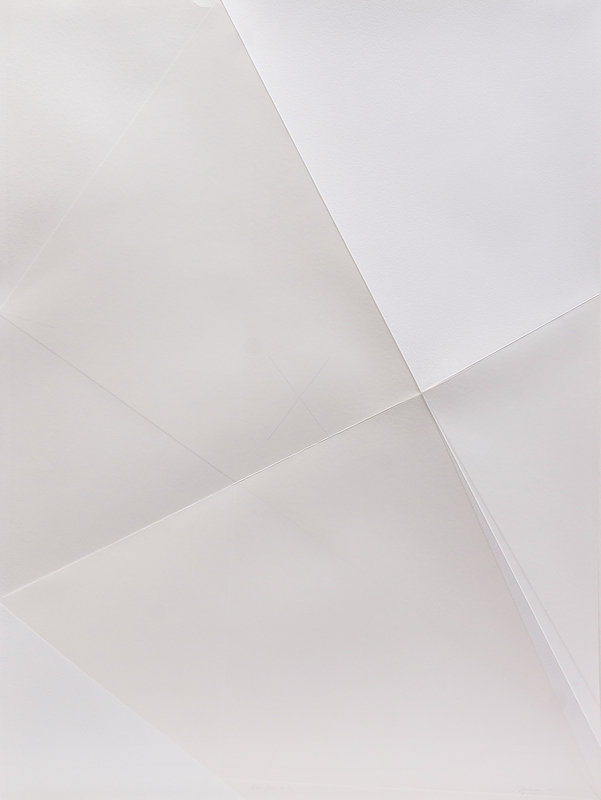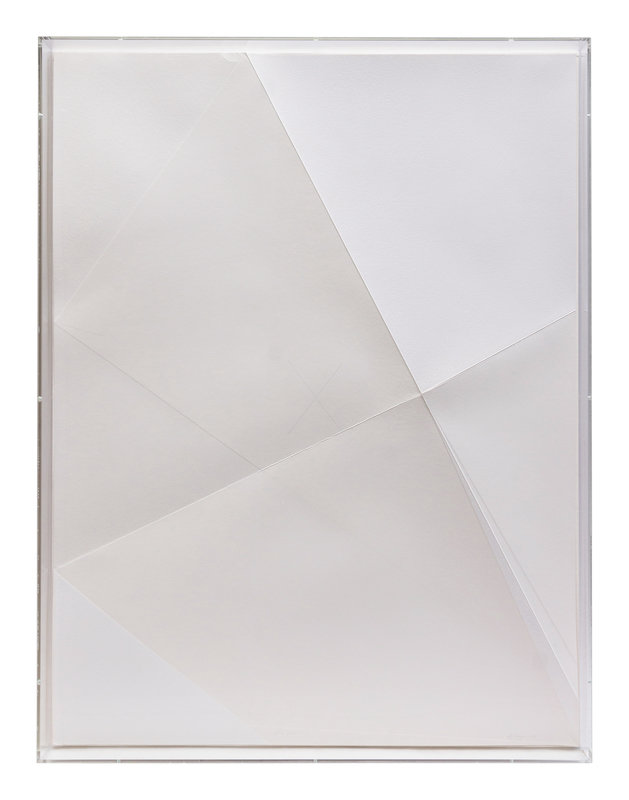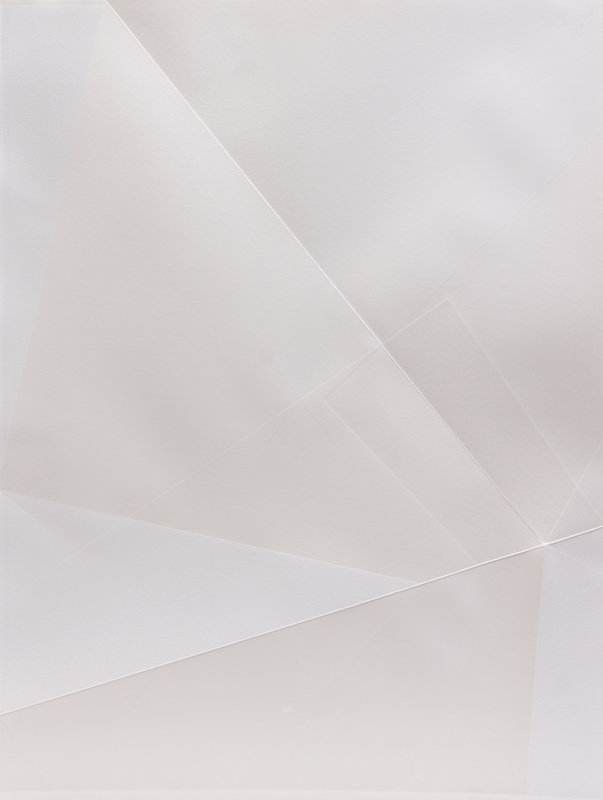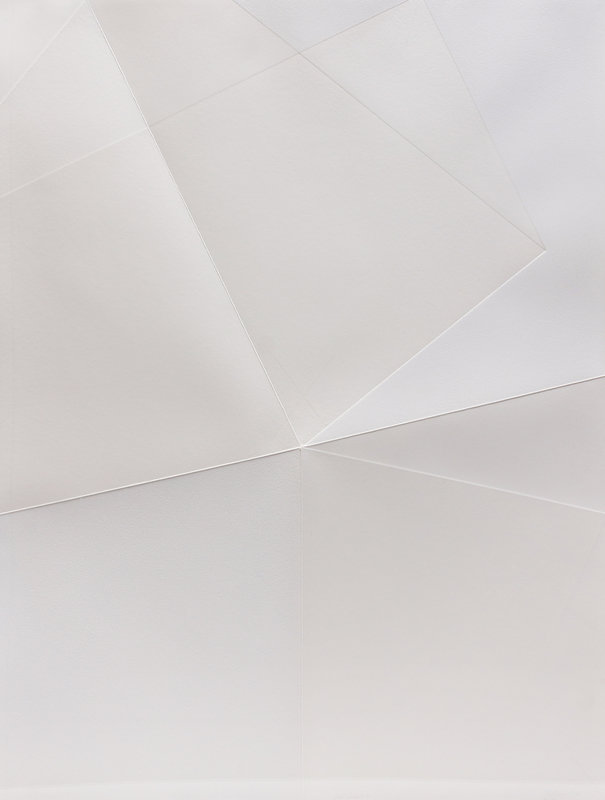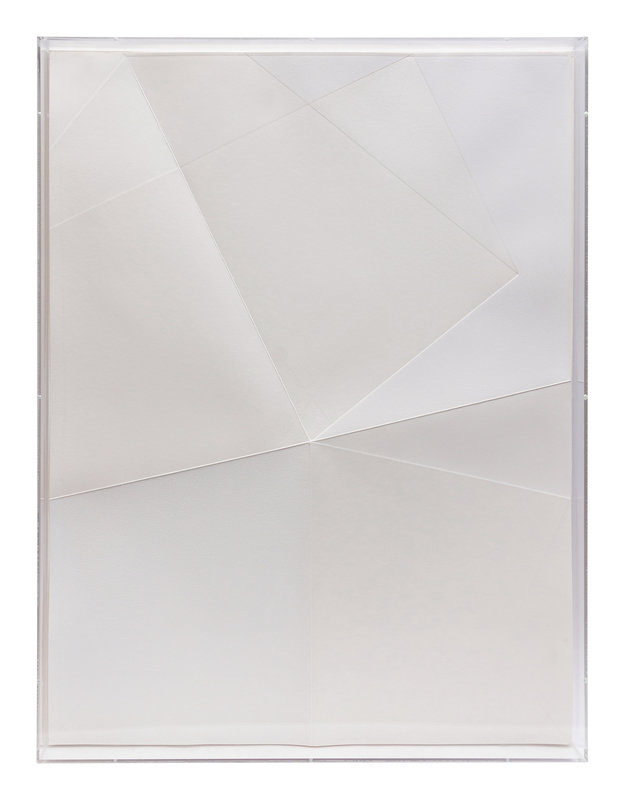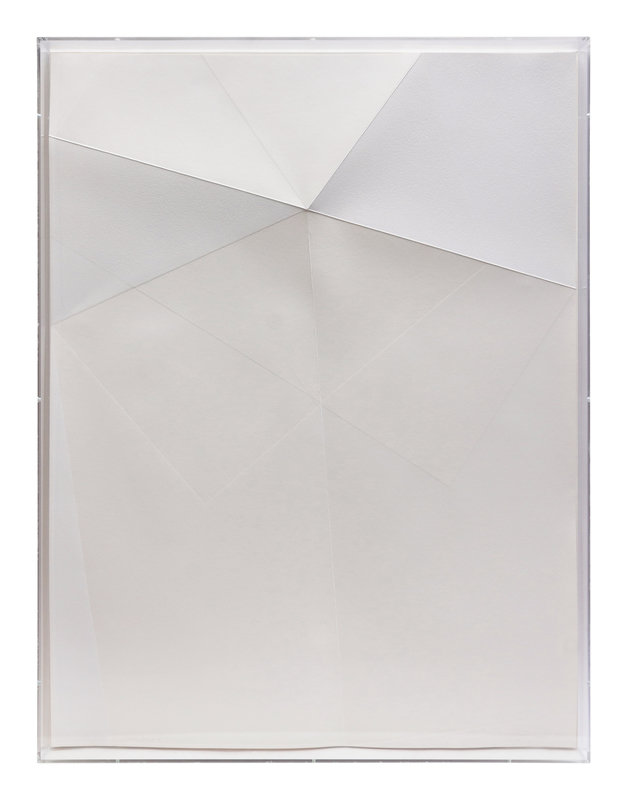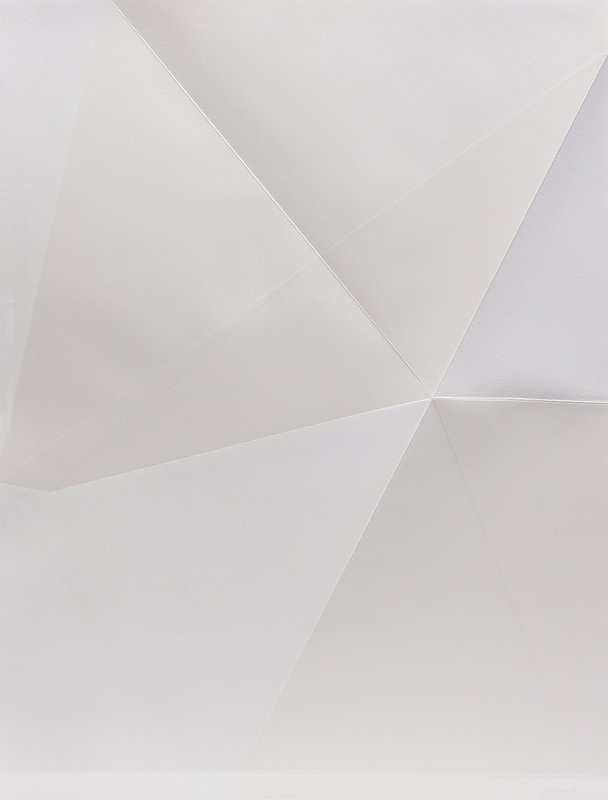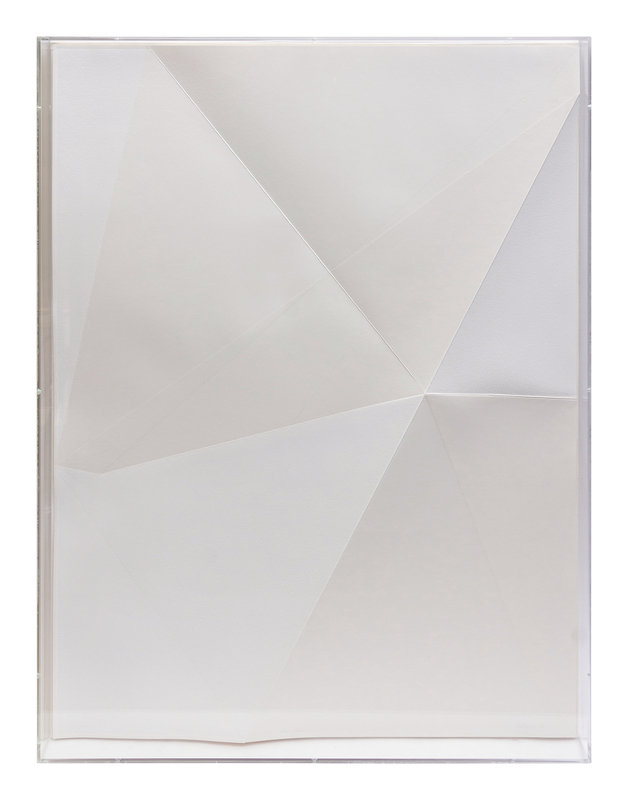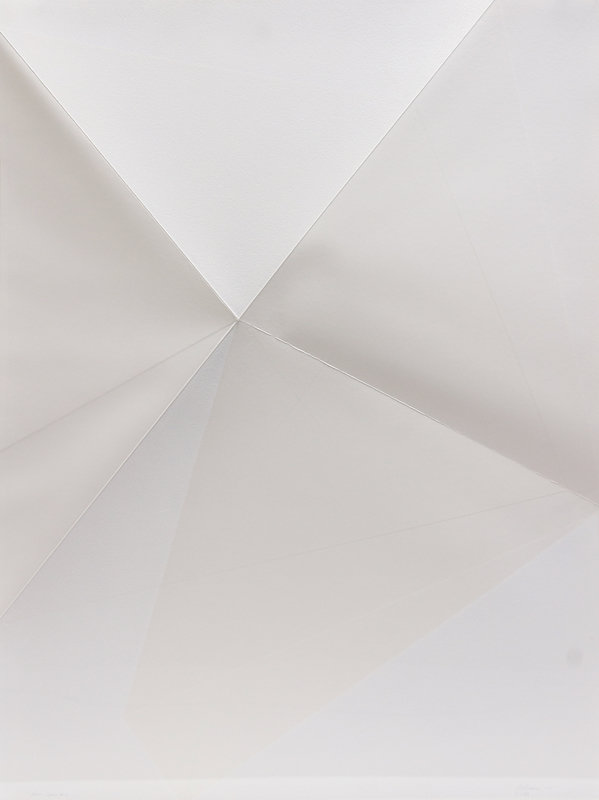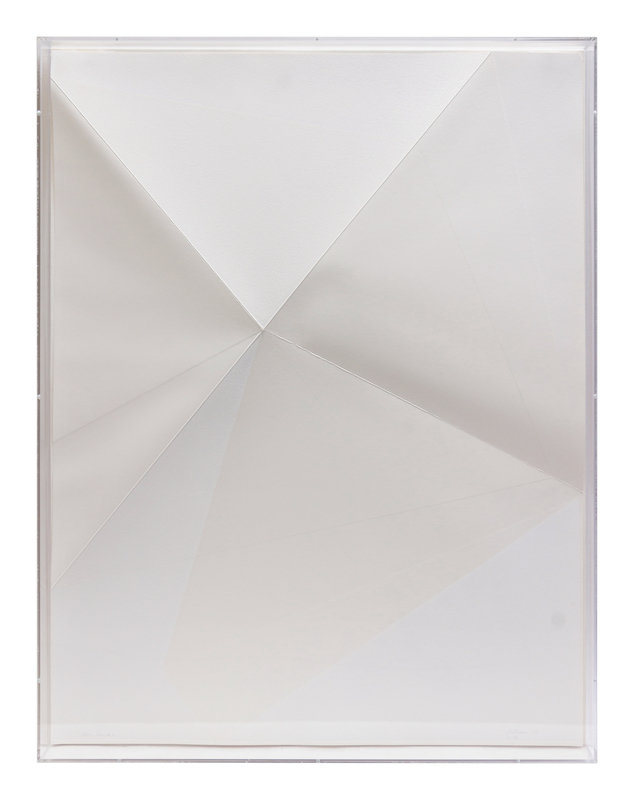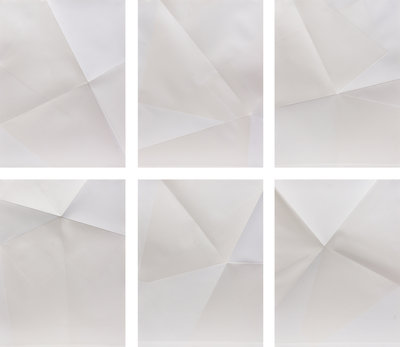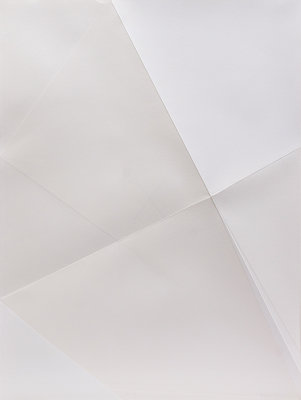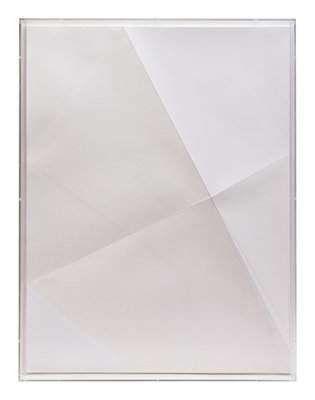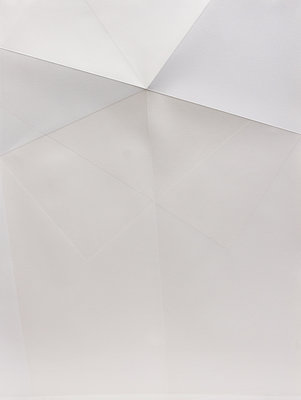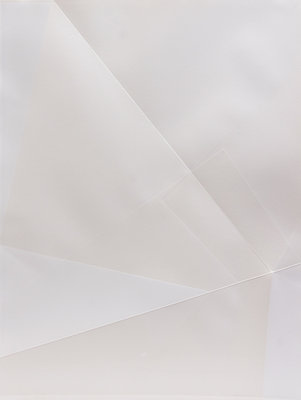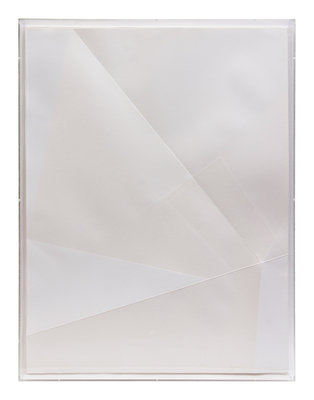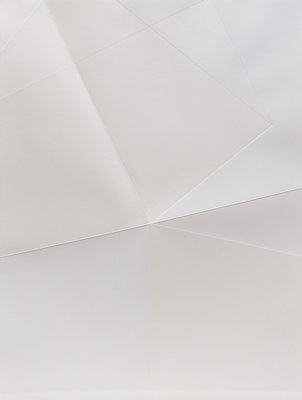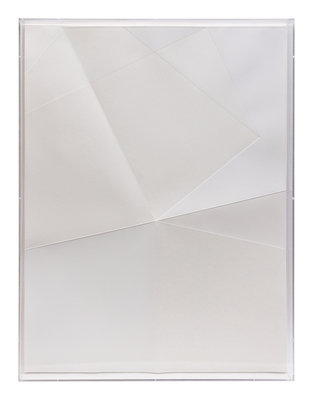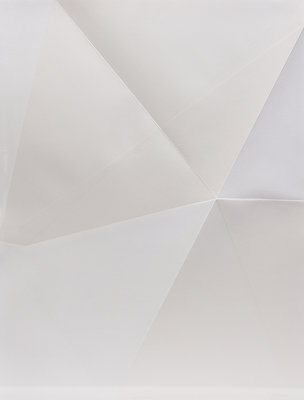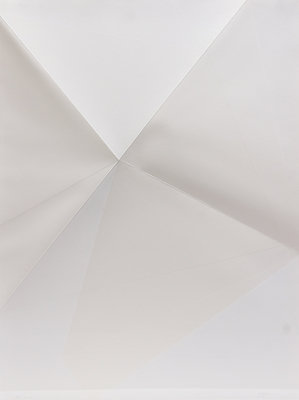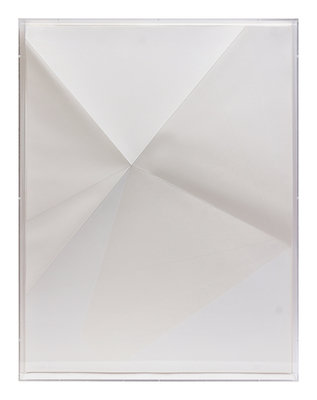Dorothea Rockburne
(Canadian, b. 1932)
Locus (complete portfolio of 6), 1972-1975
Sale 1114 - Post-War & Contemporary Art
Dec 14, 2022
10:00AM CT
Live / Chicago
Own a similar item?
Estimate
$25,000 -
35,000
Price Realized
$46,875
Sold prices are inclusive of Buyer’s Premium
Lot Description
Dorothea Rockburne
(Canadian, b. 1932)
Locus (complete portfolio of 6), 1972-1975
aquatint, etching, pencil, and white oil paint on Strathmore rag
each: signed, dated and numbered 31/42 in pencil
each: 39 3/4 x 30 1/16 inches.
Literature:
Karin Breuer, Ruth Fine, Steven A. Nash, Thirty-five Years at Crown Point Press: Making Prints, Doing Art, University of California Press, CA, 1997, pp. 88, illus.
Carter Ratcliff, Dorothea Rockburne: New Prints, The Print Collector's Newsletter by Art in Print Review, Chicago, IL, Vol. 5, No. 2 (May - June 1974), pp. 30-32.
Lot Essay:
Dorothea Rockburne: Locus
Dorothea Rockburne, an artist now in her eighties, has always used intellectual rigor to assert herself and her art. Born in Montreal, the artist left for North Carolina in 1950 to attend the radically innovative Black Mountain College alongside fellow students Cy Twombly, John Chamberlain, and Robert Rauschenberg. The interdisciplinary curriculum encouraged blending of thought and practice. Her education under German mathematician Max Wilhelm Dehn – a German expatriate and friend of Albert Einstein – and epiphanies about the abstract qualities of dance initiated her interest in mathematics as an approach to the making of objects. By late 1960s and early ‘70s, this approach came to fruition, and she began to wholly engage with mathematics as an avenue to explore the new Minimalist idiom in art. Thusly, Locus, one of the few editioned works Rockburne produced in this period, holds its own among the conceptually challenging work of the artists in her circle.
Minimalism, noted for its simplicity of form and its representation of only the object itself, offered a highly purified form of beauty. At the same time, especially in the hands of Rockburne, minimalist work could embody concepts more true and foundational than naturalistic painting or sculpture. Between 1969 and 1972, Rockburne made a series, including Locus, that adopted ideas from set theory: the mathematics of well-defined collections. In set theory, a “locus” is all the points that satisfy a series of conditions. For example, the infinite set of points that define the perimeter of a circle satisfy the condition of being equidistant from the circle’s center. In Locus, each of the six sheets of paper were subjected to predetermined operations of drawing, folding, pressing, and painting. This emphasizes the physical properties of the media of the artwork and draws attention to their similarities and differences. The predetermined and precise nature of the artwork likewise meant that Locus was reproducible and could be made into an editioned portfolio, loosening the relationship between the work of art and the unique object. By her use of set theory and these rules of transformation, works like Locus rivaled the intellectual complexity of those of her contemporaries.
Locus takes abstraction as a modernist idiom to its logical conclusion. The artwork presents six sheets of white paper that together form a self-referential topography. Each sheet was folded in upon itself and run through a printing press so that the folds and edges of the sheet would create embossed lines. While folded, the artist applied white paint to the topmost exposed parts of the sheet using a textured aquatint plate, resulting in a near-imperceptible contrast between white paint and white paper. At the center of each sheet the artist drew with pencil a soft X. The six sheets thus become monochromatic yet multiplanar images: one can fold and unfold them in the mind, imagining the sequence that resulted in the lattices, planes, and symmetries impressed on the paper. Some lines are major folds, others secondary, and yet others ghost impressions of the paper embossing itself under the pressure of the press. The X at the center remains consistent in each, but the point from which all the folds radiate changes location through the series. These meeting points dance around the central X, some aligning with the directions of the lines, others parallel to their intersection. The folding of the paper, and the printing on top of the folds, memorializes the artwork’s points of contact with itself – ultimately resulting in a set that conforms to the rules and conditions established by the artist.
Condition Report
Auction Specialist
